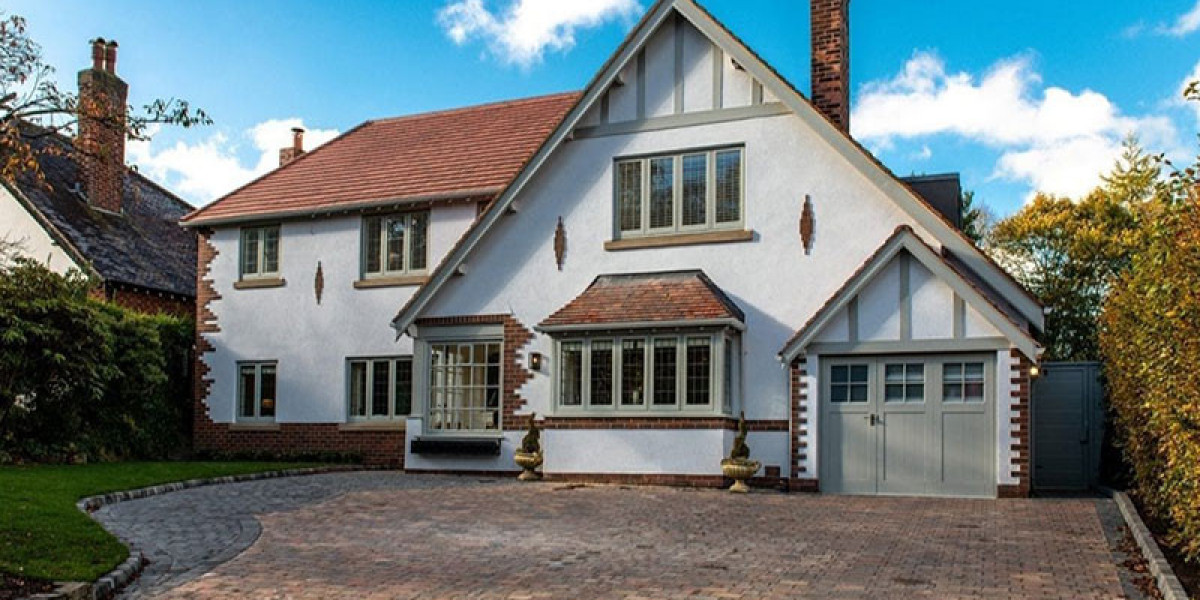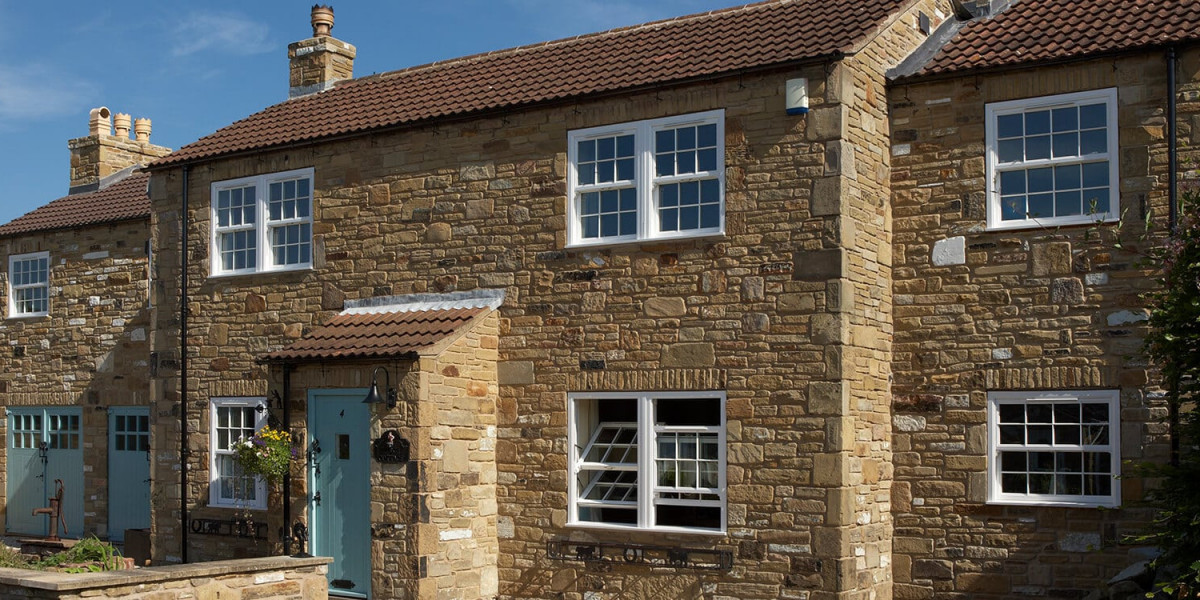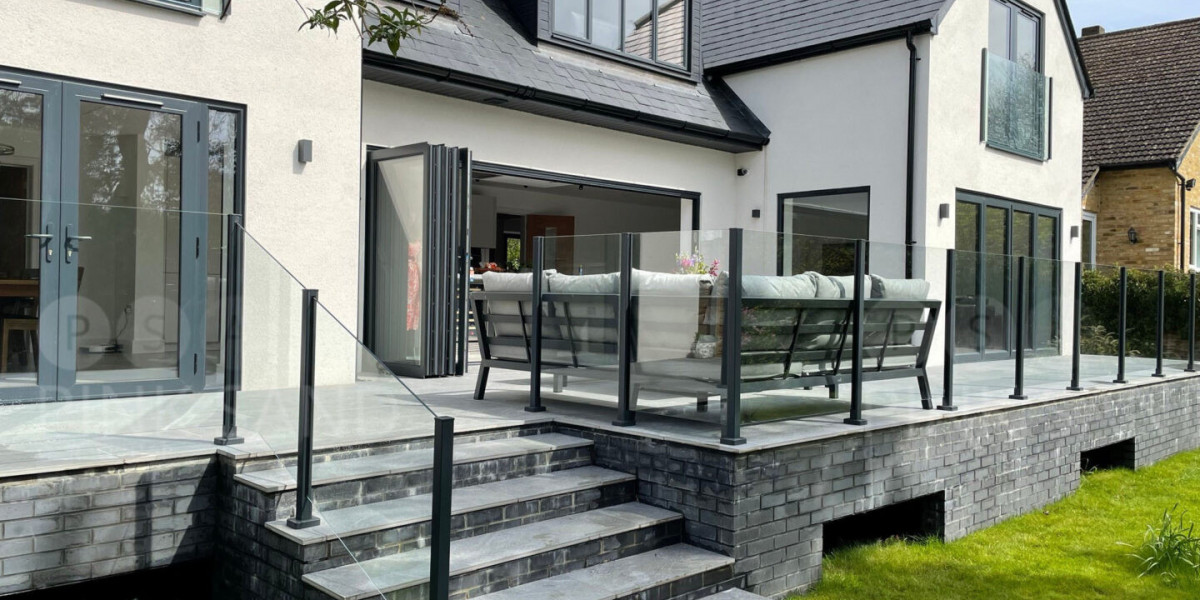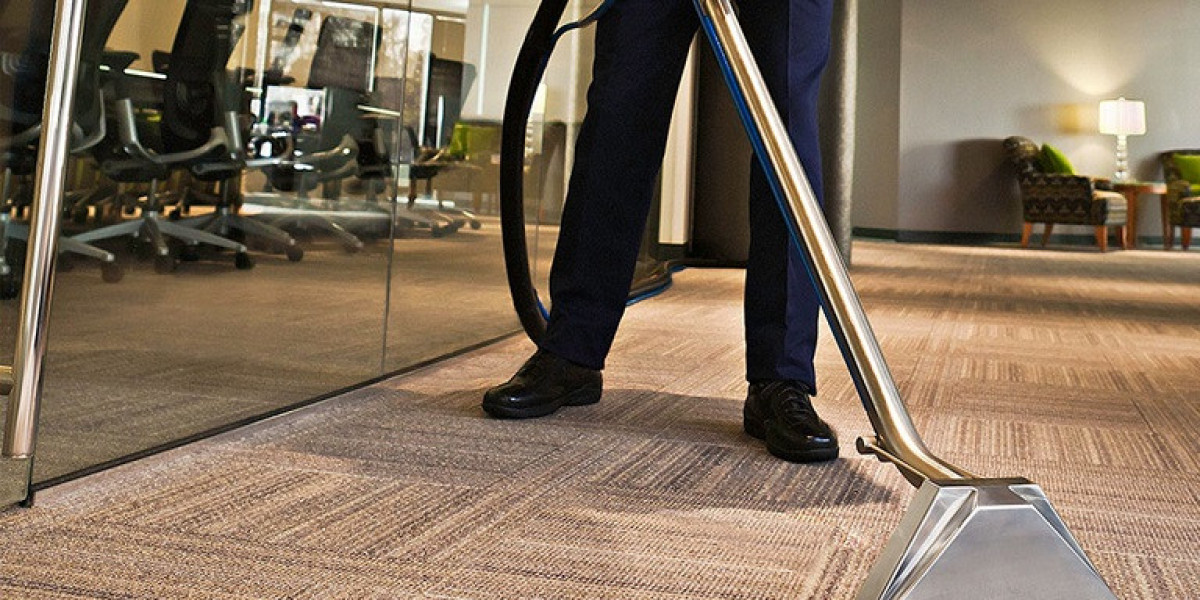Introduction
Aluminium windows have become increasingly popular in both residential and commercial construction due to their unique combination of durability, aesthetic appeal, and energy efficiency. This study report delves into the various aspects of aluminium windows, including their benefits, applications, manufacturing processes, and trends in the market.
Overview of Aluminium Windows
Aluminium windows are frames made primarily from aluminium, a metal known for its lightweight and corrosion-resistant properties. These windows can be customized to fit various architectural styles and are available in a plethora of colors and finishes. The versatility of aluminium allows for the creation of slim frames, maximizing the glass surface area and enhancing natural light in spaces.

Benefits of Aluminium Windows
- Durability and Longevity: Aluminium windows are resistant to the elements, including moisture, rot, and insects, making them an excellent choice for various climates. They do not warp or swell, ensuring a long lifespan with minimal maintenance.
- Energy Efficiency: With advancements in thermal break technology, aluminium windows can achieve impressive energy efficiency ratings. Thermal breaks reduce heat transfer, keeping interiors warm in winter and cool in summer, which can significantly lower energy bills.
- Aesthetic Appeal: Aluminium windows offer a modern and sleek appearance. They can be powder-coated in various colors, allowing homeowners to match their windows with their overall design theme. The slim profiles of aluminium frames also provide a contemporary look while maximizing natural light.
- Security: Aluminium windows are inherently strong and resistant to forced entry, providing an added layer of security for homes and businesses. Many manufacturers offer additional locking mechanisms and security features to enhance safety.
- Eco-Friendly: Aluminium is a recyclable material, making aluminium windows a sustainable choice. The recycling process requires significantly less energy than producing new aluminium, contributing to a reduction in carbon footprint.
Applications of Aluminium Windows
Aluminium windows are versatile and can be used in various applications, including:

- Residential Buildings: Homeowners often choose aluminium windows for their durability and aesthetic appeal. They are suitable for both traditional and modern homes, providing a stylish yet functional solution.
- Commercial Buildings: Aluminium windows are commonly used in commercial construction due to their strength and ability to withstand heavy use. They are often found in office buildings, retail spaces, and schools, where large glass surfaces are desired for natural lighting.
- Industrial Facilities: In industrial settings, aluminium windows are favored for their robustness and low maintenance requirements. They can withstand harsh environments, making them suitable for factories and warehouses.
- Public Infrastructure: Aluminium windows are also used in public buildings such as hospitals, airports, https://electionforecast.co.uk/clear-vision-why-glass-partitions-are-the-future-of-office-design/ and government facilities, where security and energy efficiency are paramount.
Manufacturing Process of Aluminium Windows
The manufacturing process of aluminium windows involves several key steps:
- Extrusion: Aluminium is heated and forced through a die to create the desired shape of the window frame. This process allows for precision in design and uniformity in production.
- Cutting and Machining: After extrusion, the aluminium profiles are cut to size and machined to accommodate hardware, such as hinges and locks.
- Surface Treatment: To enhance the aesthetic appeal and durability of aluminium windows, various surface treatments are applied. These include anodizing (which provides a protective oxide layer) and powder coating (which adds color and a protective finish).
- Assembly: The frames are then assembled with glass panes, and additional components, such as gaskets and weather stripping, are added to ensure energy efficiency and weather resistance.
- Quality Control: Before shipping, aluminium windows undergo rigorous quality control checks to ensure they meet industry standards for performance and safety.
Market Trends
The aluminium window market is witnessing several trends that are shaping its future:
- Sustainability: As consumers become more environmentally conscious, there is a growing demand for sustainable building materials. Manufacturers are focusing on producing energy-efficient aluminium windows with a lower carbon footprint.
- Smart Technology Integration: The integration of smart technology in windows is on the rise. Features such as automated opening and closing mechanisms, sensors for temperature regulation, and smart locking systems are becoming increasingly popular.
- Customization: Consumers are looking for personalized solutions, leading to a demand for custom sizes, colors, and finishes in aluminium windows. Manufacturers are responding by offering more flexible options to meet individual preferences.
- Increased Focus on Energy Efficiency: With rising energy costs and stricter building regulations, energy-efficient windows are becoming a priority. Manufacturers are investing in research and development to enhance the thermal performance of aluminium windows.
- Enhanced Design Options: The trend towards modern architecture is driving demand for sleek, minimalist designs. Aluminium windows are being designed with thinner frames and larger glass panes to create a seamless connection between indoor and outdoor spaces.
Conclusion
Aluminium windows represent a blend of functionality, durability, and aesthetic appeal, making them a preferred choice for various applications in the construction industry. With ongoing advancements in technology and design, aluminium windows are poised to remain a significant player in the market. As sustainability and energy efficiency continue to be at the forefront of consumer preferences, manufacturers will need to adapt and innovate to meet these demands, ensuring that aluminium windows remain relevant and desirable for years to come.
References
- Aluminium Federation. (2023). Benefits of Aluminium Windows.
- Energy Saving Trust. (2023). Energy Efficiency in Windows.
- International Aluminium Institute. (2023). Sustainability in Aluminium Production.
- Architectural Digest. (2023). The Latest Trends in Window Design.







